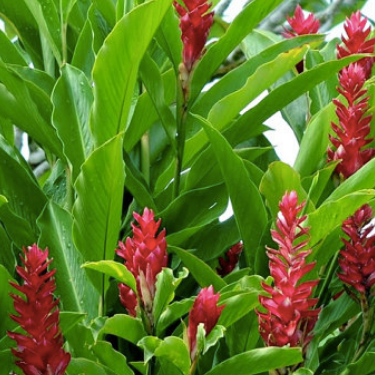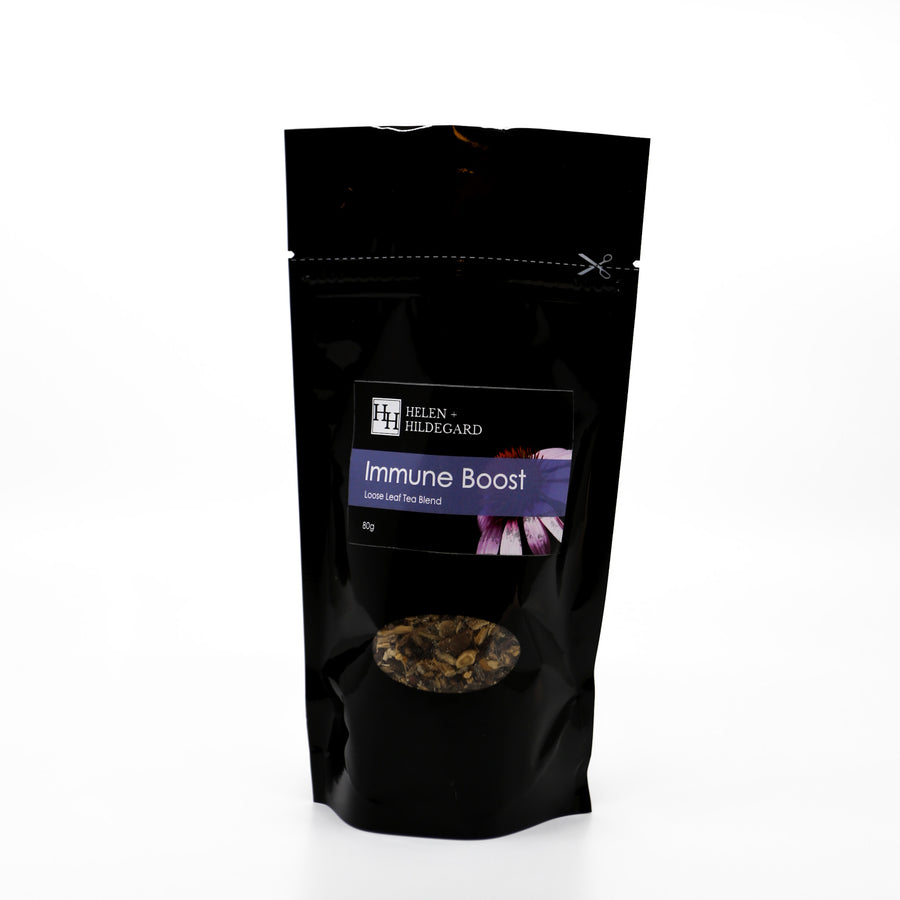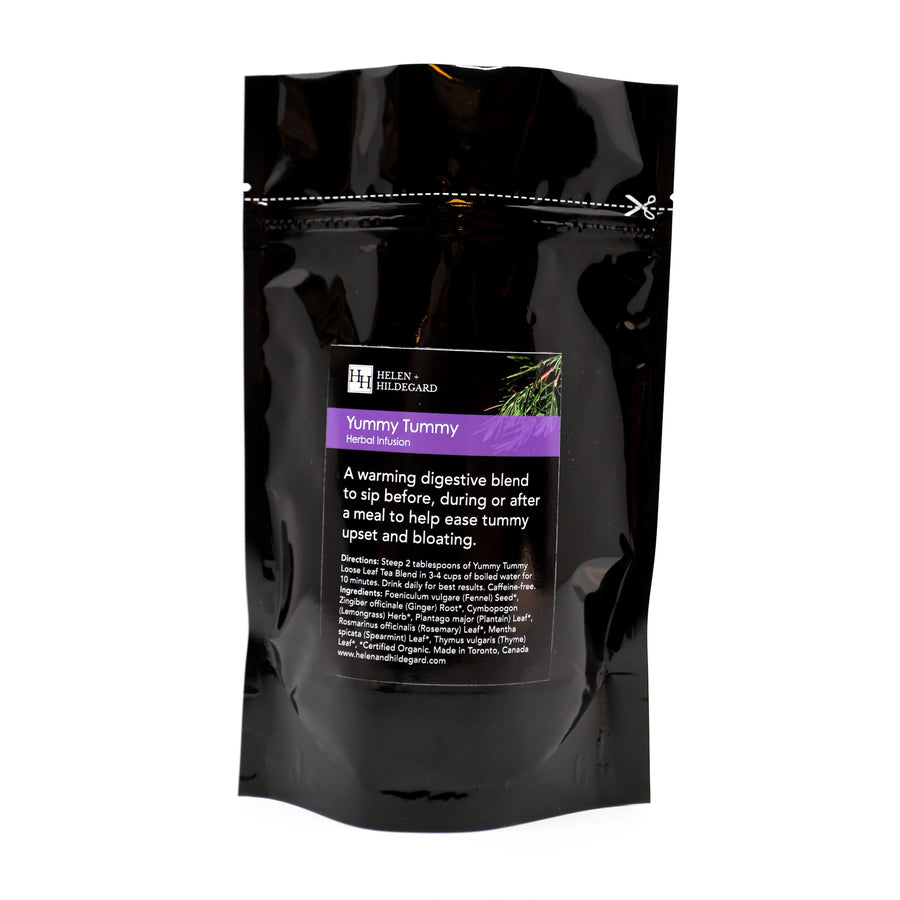
Part Used: rhizome
Constituents: volatile oil, including zingiberene, zingiberol, phellandrene, borneol, cineole, citral, starch, mucilage, oleoresin, gingerol
Medicinal Actions: stimulant, carminative, rubefacient, diaphoretic
Ginger has been used medicinally for thousands of years. The first recorded use goes back as far as 2000 B.C.E. in the ancient Chinese herbal, Shen Nong Ben Cao Jing, written by emperor Shen Nong. Recorded us of Ginger is also found in the Mahabharata, and ancient Sanskrit text of India that dates to 400 B.C.E.
There are many accounts of ginger being exported to the Roman Empire from India to be used as both a culinary spice and a medicinal herb. It was prized by King Henry VIII and by the 16th century a pound of Ginger was of equivalent worth as a sheep in England.
In addition to its use in food and medicine, Ginger was a common ingredient in love spells for its “heating up” qualities, and it was believed that the root could ensure the success of any spell. Planting Ginger was also said to ensure financial wealth.
Though commonly referred to as Ginger root, the part we use is actually a rhizome, which is an underground stem that grows horizontally, helping the plant to spread and from which roots grow. Native of Asia, Ginger thrives in hot, humid environments that provide rich, moist soil, and will go dormant in cooler, dry winter temperatures.
Make sure you don’t confuse it with Wild Ginger, which is native to North America, and can be toxic in high quantities.
Uses & Combinations
In addition to being a common flavoring agent in beer, soft drinks, and candies, as well as a staple spice and condiment in many countries, Ginger has a number of medicinal uses. It’s a well known treatment for nausea, especially that caused by motion sickness. In fact, Ginger has been shown to rival other over-the-counter anti-nausea medicines.
Ginger improves pelvic circulation, making it a useful reproductive tonic for both men and women, and can help to ease menstrual cramps. It’s an excellent treatment for colds and flus, where its warming nature acts as a decongestant and promotes perspiration to ease fevers. Ginger contains a proteolytic enzyme that reduces inflammation in joints and cartilage tissues, which can be helpful in treating arthritis. It has also been shown to lower blood-level triglycerides linked to diabetes and heart disease. Externally, Ginger can be used to treat muscle sprains.
Ginger’s pleasant flavour, alongside its many health benefits, makes it a popular addition to herbal medicines to help improve the taste.
Ginger Lemon-Aide
4–6 tbsp freshly grate ginger root
1–2 lemons
Honey to taste
Combine ginger with 1 quart water. Cover and bring to a boil. Remove from heat and steep 10–15 minutes. Juice the lemons. Strain the tea and add to the lemon juice, adding honey to taste. For medicinal purposes, it is best drank warm, but is also delicious cold with a splash of sparkling water. Drink a cup to treat cramps, cold, congestion, and fevers.
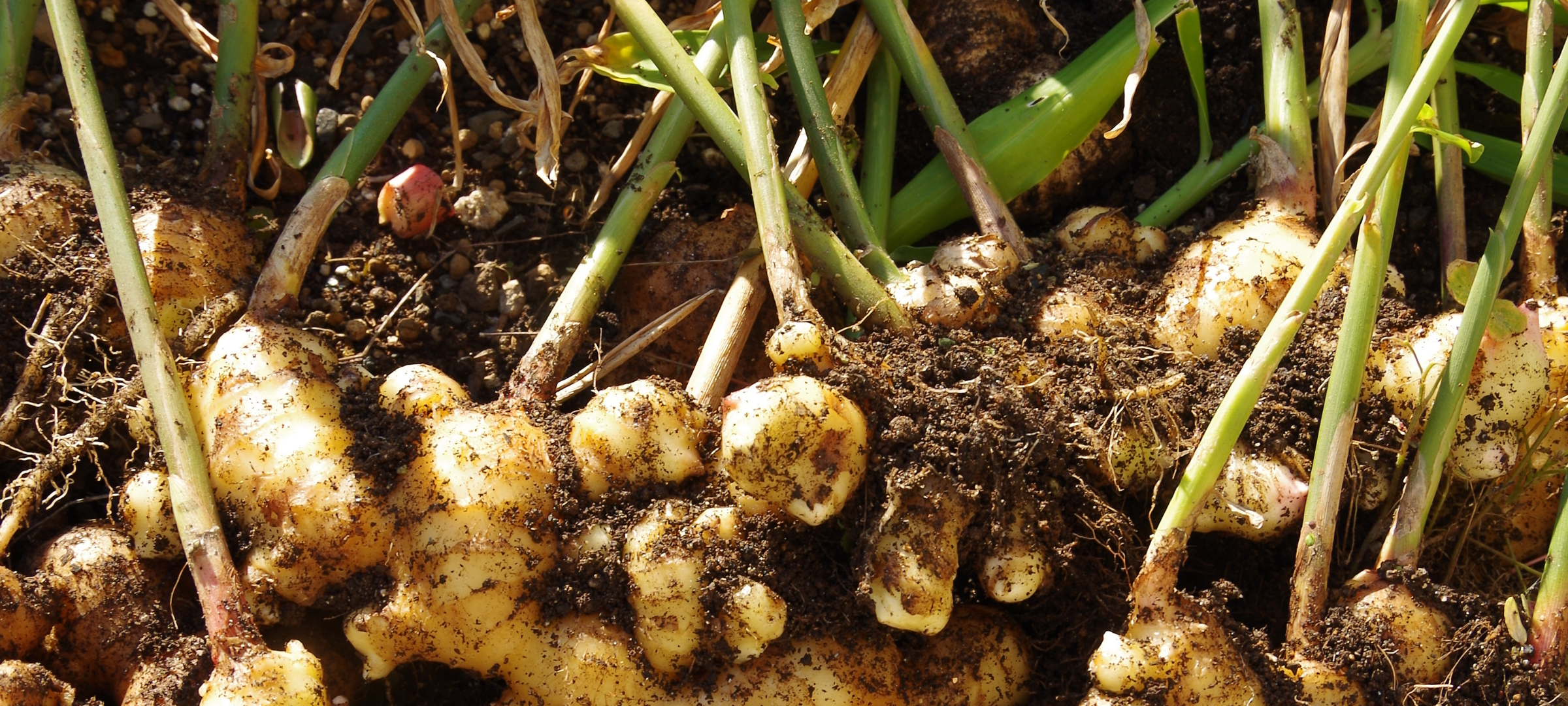
Identifying
Features & Cultivation
To grow ginger, plant a piece of the rhizome that has a growing nub just under the solid. Keep the soil moist and give it plenty of sun. It will be ready to harvest in 8–10 months.






